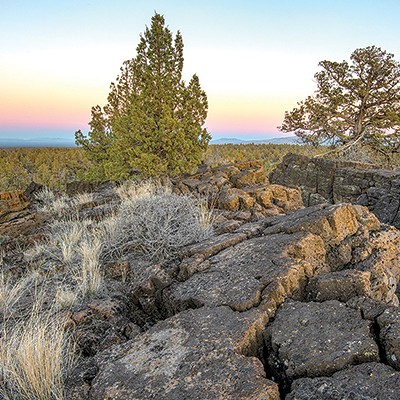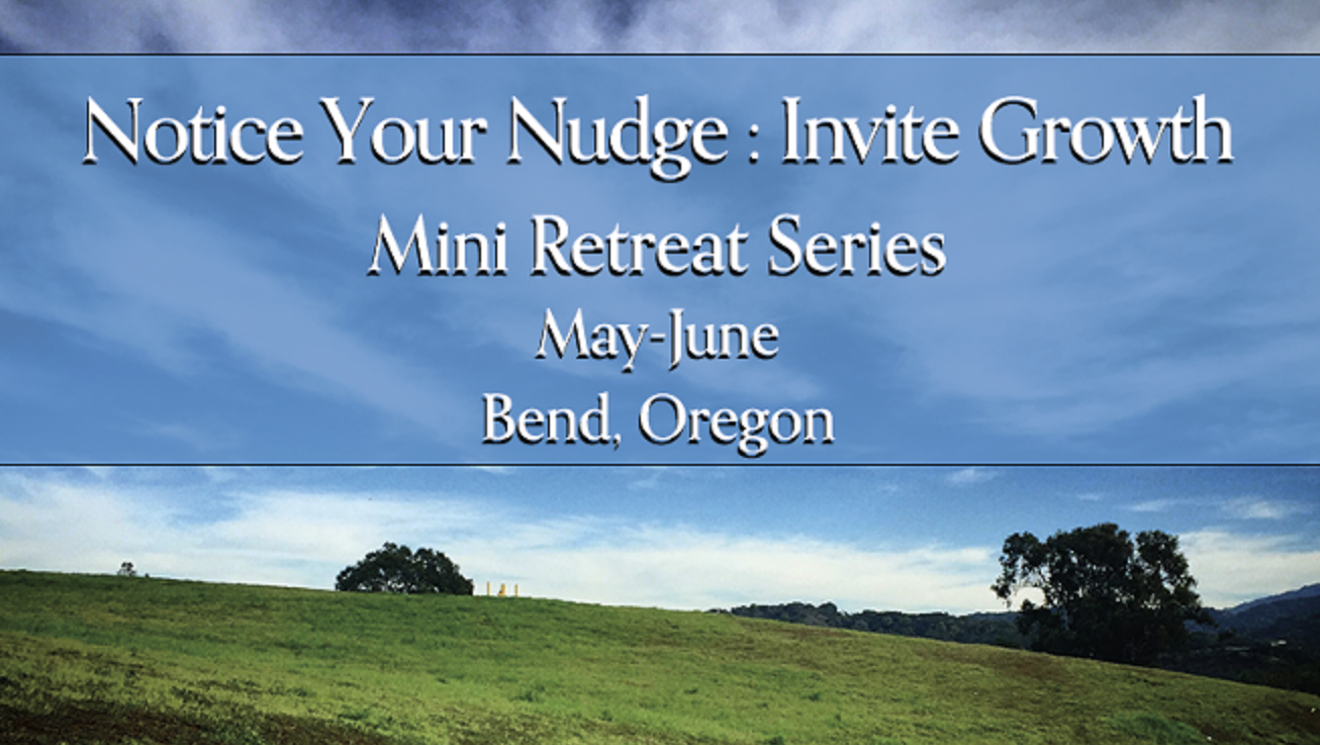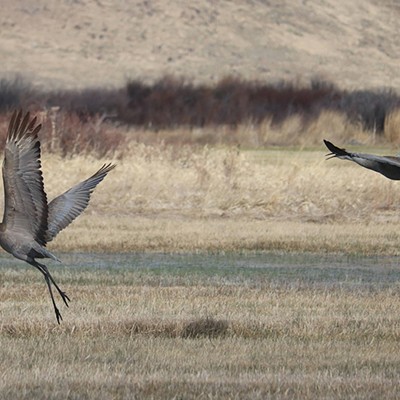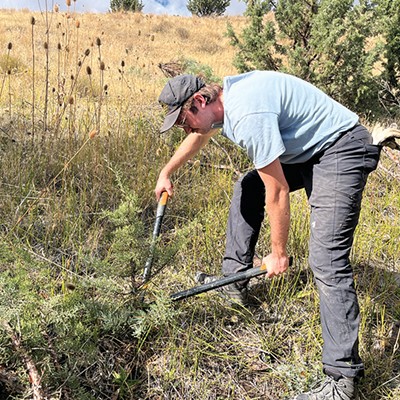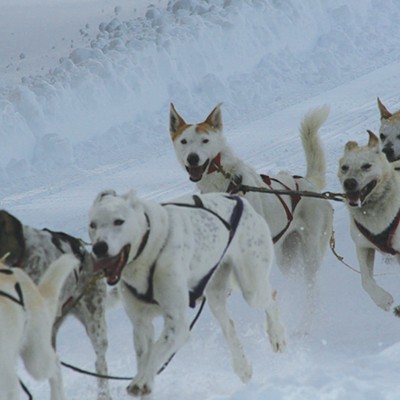Found from the Canadian Yukon to the Andes, mountain lions have the greatest of range of any living mammal in the Americas and are the most wide-ranging cat species in the world.
No surprise then that mountain lions inhabit Central Oregon.
In the late 1800s and early 1900s, mountain lion populations experienced a significant decline across most parts of their historical range due to intensive hunting and predator eradication programs. With bounty hunting pressure reduced, they've made a comeback and are even moving back into states where they had been completely wiped out.
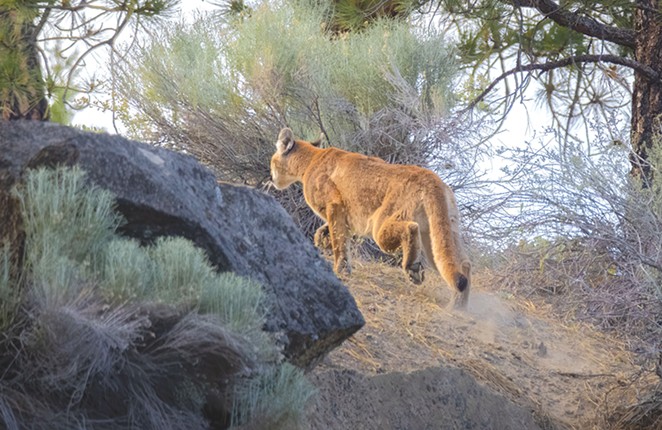
Today, despite facing significant threats from climate change, habitat fragmentation, legal hunting, wildfire, vehicular strikes and poisoning, mountain lions continue to show remarkable persistence.
Through 11 million years of evolution, these animals have adapted to be skilled hunters at home in many habitats and climates. They prefer to live in rocky areas with dense underbrush, but they can also live in open areas. Thanks to their effective camouflage, stealthy movement, long legs and powerful muscles, excellent vision and hearing, their primarily nocturnal behavior and other adaptations they can live pretty much anywhere, including urbanized areas.
As a few examples of how fine-tuned their bodies are, consider that much of their body weight is muscle mass with baggy skin, which allows for a wide range of motion and protects internal organs during fights with their often-formidable prey, and that they have longer hair on their belly which insulates the part of the body most likely to touch the ground, whether that is cold mountain snow or hot desert sand.
Lions communicate utilizing a range of vocalizations, including low guttural growls, screeches, snarls, screams, hisses, chirps and whistles. They cannot roar. They can purr. They also communicate through physical signs and scent. Adult male mountain lions create scratch piles – pyramid-shaped mounds of leaves and debris – to signal their presence and define the edges of their territory. An adult female may urinate on that scratch pile if she wants to indicate that she is in the area and looking to breed.
Their ability to deliver a lethal bite to the spinal cord of animals larger than themselves is a fact that demands distance and respect, but the good news is that cougars want nothing to do with humans and generally turn tail at any hint of our presence. You don't need to fear being stalked because mountain lions do not see humans as prey. Research has also shown that mountain lions go out of their way to avoid conflict, whether that's conflict with other mountain lions, other predators or humans. They rely on wariness as their first defense and resort to fighting only when necessary to defend a territory or a litter of kittens.
While living in lion country comes with risks, they are far outweighed by the huge rewards they provide to our ecosystems as a keystone species. Mountain lions maintain biodiversity in many ways. By keeping deer and elk populations in check, they allow native vegetation to flourish, which in turn attracts multitudes of insects and other invertebrates. As lions consume their prey, they leave carcasses on the landscape that go on to serve as a food source for hundreds of species of scavengers and decomposers, creating a complex and interconnected food web.

As Central Oregonians, we already have a firm grasp on mitigating risk for the potential of reward. We wear helmets as we cruise around on mountain bikes. We check the forecasts and pack beacons and probes when we seek out powder in the backcountry to avoid being caught in an avalanche. We install metal roofs and clear brush when we want to live among the trees because the risk of wildfire is ever-present.
Anyone who lives in or recreates in mountain lion habitat should have a good understanding of the biology and behavior of mountain lions and know about precautions that they can take.
To help ensure that mountain lions have safe and healthy habitat, Oregon residents can:
- Educate yourself (and your neighbors) on the many myths and misconceptions about mountain lions.
- Provide public comment whenever cougar management plans come up for review.
- Advocate for wildlife crossings, habitat protections and less cougar hunting.
To discourage a lion from coming through your property, homeowners and property owners can:
- Install motion-activated lights.
- Ensure that you aren't attracting a lion's main prey species (deer, elk, pronghorn) or their opportunistic prey species (such as racoons, goats, rabbits, rodents or turkeys) to your space by keeping your garbage enclosed and refraining from feeding wild animals and wild birds.
- Keep any pets or small livestock inside a secure, lion-proof shelter at night.
To avoid surprising a lion while traveling through natural areas, recreationists can:
- Stay continually aware of your surroundings.
- Leave your dog at home or keep it on a leash. Pets running free may lead a cougar back to you.
- Hike in a group or make noise to alert wildlife of your presence.
Living peacefully in proximity to these essential and majestic carnivores is not just possible, but fairly straightforward. Like most good things in life, it just takes a bit of work.
—Lace Thornberg is the Director of Communications for the Mountain Lion Foundation, a national nonprofit dedicated to ensuring that cougars survive and thrive in the wild. For more tips for living in lion country, read Coexistence in Your Backyard. For more tips for on recreating in lion country, visit Coexistence on the Trail.

